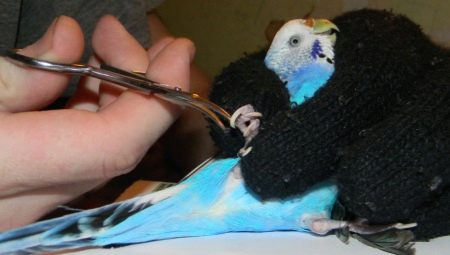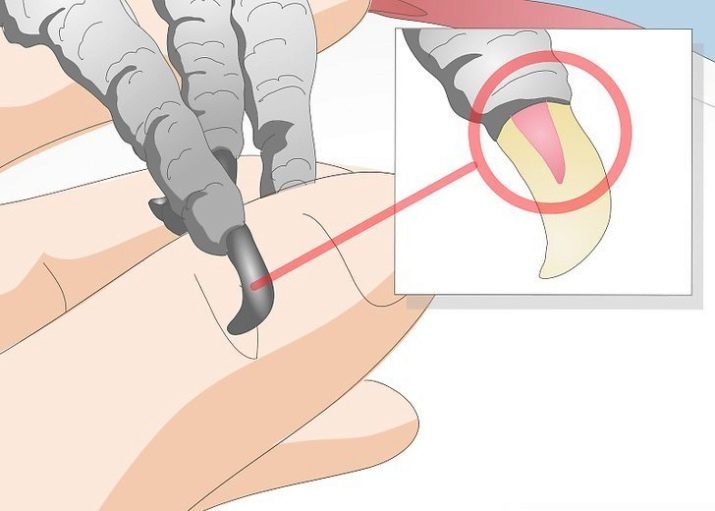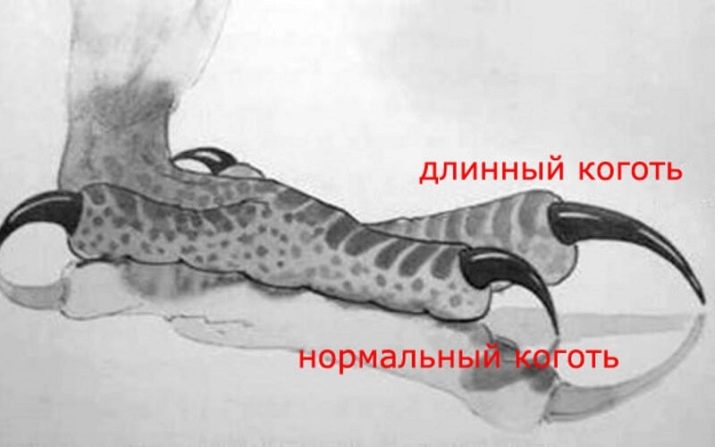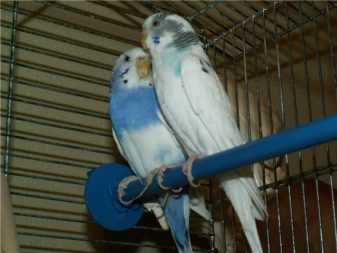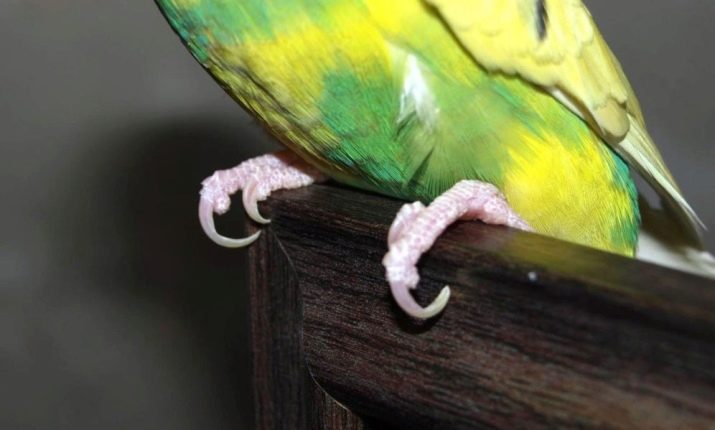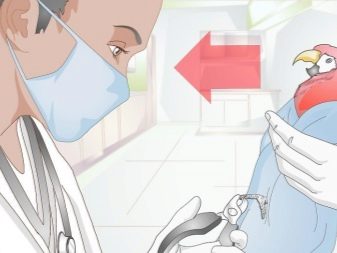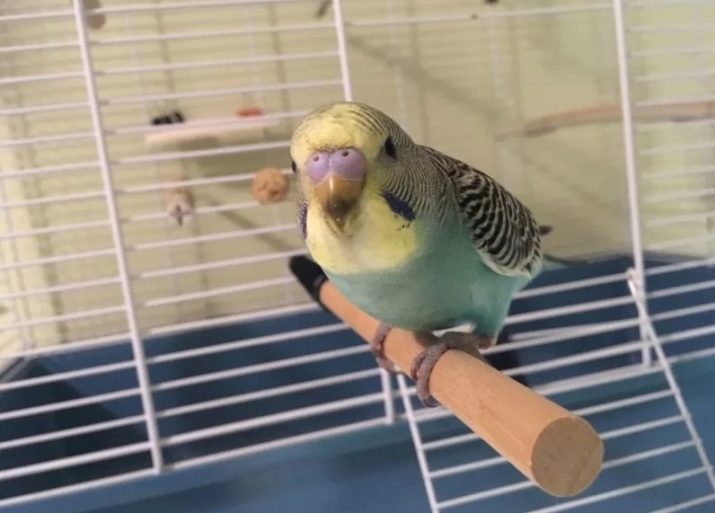Birds pets are very popular in Russian families. Funny chirping wavy parrots touches the household from young to old. Naturally, any pet requires careful care. One of the mandatory procedures is to trim the claws of a wavy parrot. It is necessary for the feathered "friends" who live in the apartment.
Causes of claw clipping
If in the wild nature parrots grind claws naturally, then in greenhouse conditions such a situation is hardly possible. In most cases, the poultry sits on the shoulder or hand of the owner for an enormous amount of time, which leads to unpleasant consequences. As a rule, the vigilant owner should monitor the condition of the feathers of the feathered pet. Visually, the legs of the bird consist of four strong and grasping fingers with sharp, hard claws. The claw itself can be divided into three parts:
- base;
- the end of the vessel;
- edge
It is necessary to cut off the edge, trying not to damage the blood vessel.
In most cases, domestic parrots suffer from overgrowth of claws. The reasons for this trouble are:
- disrupted metabolism due to improper diet;
- parasitic diseases and liver problems;
- lack of vitamins and minerals;
- unfavorable living conditions;
- finger injury, which subsequently contributes to the improper growth of claws.
To cut the claws of a wavy parrot is a necessary necessity. First of all, long claws are extremely dangerous for the bird itself. They begin to cling to various objects, and the parrot can severely injure a limb. Also, the grown claws prevent the pet from moving on even surfaces. In addition, there is a high risk of exfoliation, breakage of claws, which leads to pain and heavy bleeding.
When to cut?
Trimming claws for a parrot is necessary in the following cases:
- the pet walks in a straight surface, and his fingers are bent up high;
- the bird touches various materials with claws and with great difficulty is freed from them.
In order for the feathered friend to avoid injury, the claws must be carefully trimmed.
Note that the frequency of cutting will depend on the growth of claws. Normal is up to 7 mm front and up to 5 mm - rear.
Rules of Procedure
To shorten the claws of the parrots you need these devices.
- "Claw cutter" or tweezers from the manicure set. The first tool can be easily purchased at any pet store.
- Gloves from dense material.
- Cotton pads.
- Hemostatic powder. If it is not available, you will need a weak solution of potassium permanganate.
First of all, the bird must be properly kept. Namely, we take the parrot so that its back is on the palm protected by a glove. With the other hand (also in the glove), gently pull the finger of a feathered pet with a regrown claw and look through the tube light where the capillary is located. We depart from it by 2–3 mm and with one clear movement of the “clipper” we cut off the tip of the claw. The cut must be blunt, since an acute one will lead to injury to the bird in the future. Further, with the help of a nail file, it is necessary to remove all irregularities from the cut line.
In the case of blood, do not panic! Use a hemostatic powder or wet a cotton pad in peroxide or in a solution of potassium permanganate (weak) and apply to the claw until the blood stops (about 5-7 minutes).
If the parrot behaves nervously, breaks out and bites, then call for help from the household. They will help to keep the bird right, and you will continue the process of removing regrown horny bases on the fingers of the feathered “friend.”
After the claw trimming procedure, the parrot is under stress. In order to bring the feathered pet "to life", give him a treat or a new toy. The parrot should not be disturbed about a day after shearing the claws - it should calm down.
If you doubt your ability to independently help the bird get rid of long claws, then take the pet to the clinic. An experienced specialist will conduct this procedure quickly and painlessly.
Prevention
To prevent excessive growth of parrot claws can be as follows.
- Replace plastic hoppers with wooden ones.
- Allow your pet to walk on a hard, flat surface (for example, the floor).
- Inside the cage, place small pebbles and bark of fruit trees.
- The thickness of the perch must be at least 15 mm in order for the bird to be able to clasp it halfway. With the right fit, claws will grind naturally.
- Allow the parrot to move freely around the apartment, pre-closing all windows.
How to cut the claws of a wavy parrot, see below.
